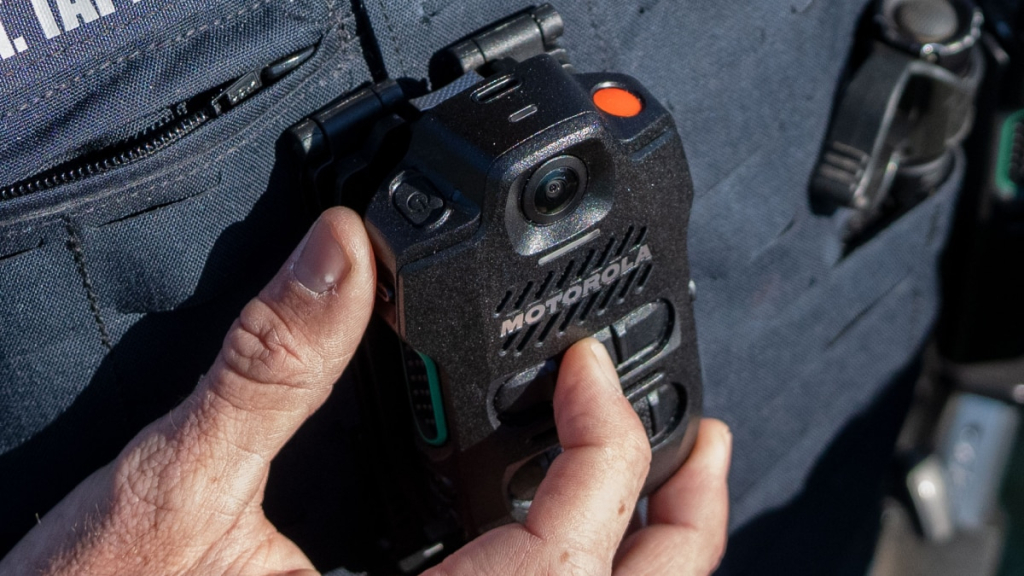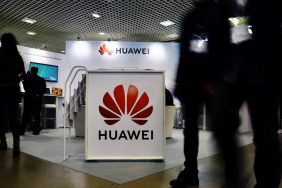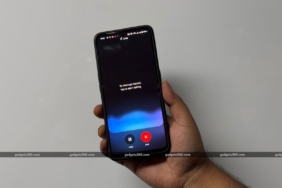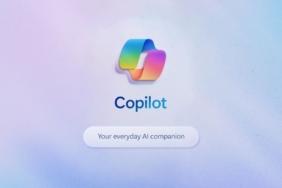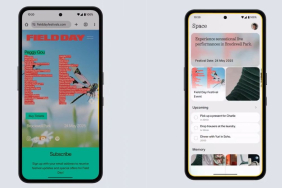On Monday, Motorola Solutions officially introduced the SVX, an innovative device that merges a remote speaker microphone, body camera, and an AI assistant named Assist, aimed at enhancing the efficacy of first responders during emergency situations.
As public safety agencies pursue modernization, there is a growing demand for solutions that improve emergency response times and streamline evidence collection processes.
With over 60 percent of 911 calls in the United States being processed through its software systems, Motorola Solutions is reinforcing its leading role in the public safety sector.
The SVX is engineered to interface with Motorola’s APX NEXT radios, offering real-time data analysis and communication tools specifically for law enforcement personnel.
According to Motorola Solutions, the AI assistant, Assist, will integrate seamlessly into existing systems, significantly enhancing their operational capabilities.
Assist is capable of processing various forms of information quickly, including vehicle registration and driver’s license details, ensuring that officers have immediate access to essential data.
The company noted that patrol officers dedicate over 40 percent of their report writing time to basic data entry, and the introduction of Assist is anticipated to mitigate this issue.
Mahesh Saptharishi, the chief technology officer of Motorola Solutions, stated, “We built this device in collaboration with 32 agencies, involving 150 users who actively tested and provided feedback.”
In addition, hardware and electronics manufacturers are currently re-evaluating their supply chains to adapt to evolving trade conditions influenced by tariffs.
Electronics producers are reshaping their supply chains in response to the trade landscape changes instigated by tariffs enacted under President Trump, with a recent 90-day pause leading to a shift in operations to countries such as Vietnam and Mexico to minimize costs and logistical disruptions.
Saptharishi remarked, “Our supply chain is a very fluid situation right now. Globally, we have manufacturing facilities in the US, Mexico, Canada, and Malaysia, and we adjust our supply chain and manufacturing strategies based on specific requirements.”
© Thomson Reuters 2025
(This story has not been edited by NDTV staff and is auto-generated from a syndicated feed.)

